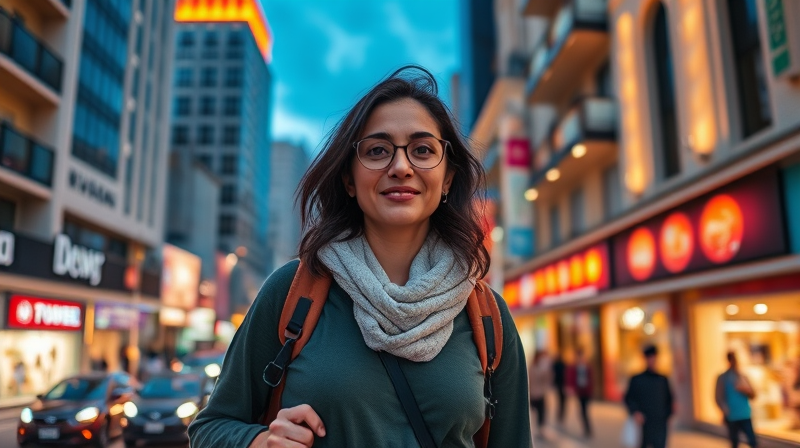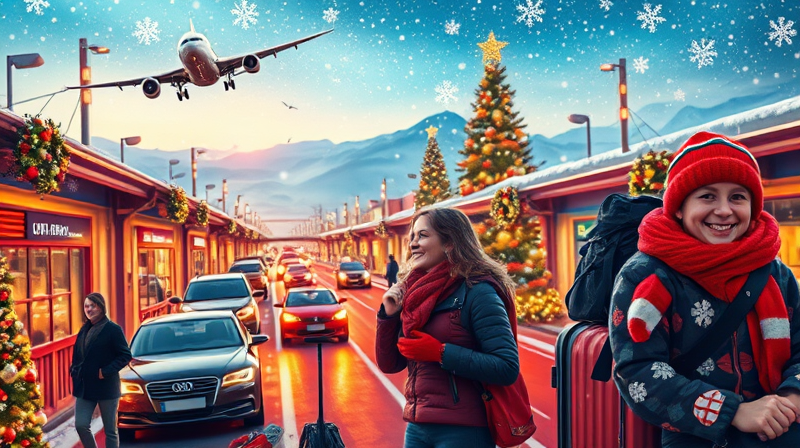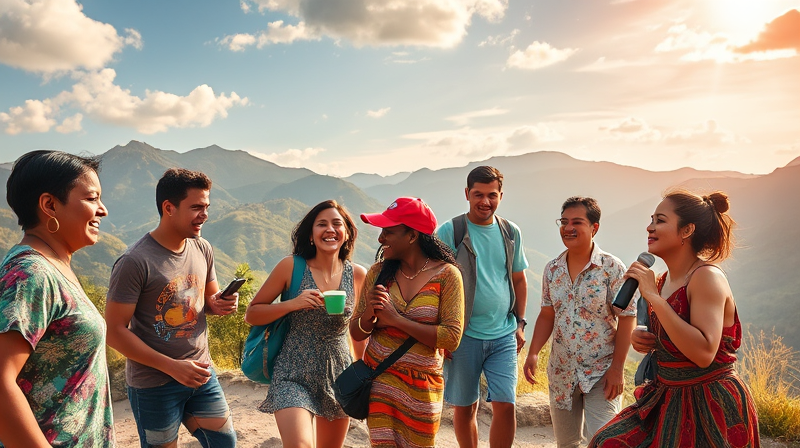Traveling solo is a journey of self-discovery, freedom, and endless opportunities. It allows you to explore new cultures, environments, and experiences that empower you to step out of your comfort zone. However, to truly enjoy the adventure while staying safe, planning and precaution are critical. This article will empower you with practical advice and thoughtful strategies to ensure your trip is both safe and memorable.
Preparation is the Key to Success. Before embarking on any solo adventure, it is important to thoroughly prepare. This means researching your destination, understanding local customs, and planning for emergencies. These steps not only enhance your understanding of the place but also build confidence as you travel alone.
Comprehensive Pre-Trip Planning
Research your destination. Knowing the ins and outs of the area you are visiting is essential. Familiarize yourself with local laws, social norms, and any safety concerns that may exist. By doing so, you reduce unexpected challenges and increase your awareness which is crucial for staying safe.
Book quality accommodations. Choose places that are well-reviewed, safe, and located in secure neighborhoods. Look for lodging that offers modern safety features like secure locks and in-room safes. In addition, consider accommodations that also offer lockers for extra peace of mind.
Plan for emergencies. Make sure you have a list of local emergency contacts, such as nearby hospitals, police stations, and help centers. Learning key local phrases for emergencies can be incredibly useful and lifesaving in critical situations.
- Research your destination: Dive deep into local customs and potential challenges.
- Secure accommodations: Read reviews and select safe locations.
- Emergency preparedness: Keep contacts and key phrases on hand.
Having an organized plan for emergencies and knowing where to turn in a moment's notice provides a significant advantage during your solo travels.
The Role of Communication and Sharing Your Itinerary
Share your travel plans. One of the simplest yet most effective safety tips is to keep trusted friends or family members informed about your whereabouts. Regular updates about your accommodation, itinerary, and daily plans can help ensure someone knows where you are at all times. This way, if something unexpected happens, help is just a phone call away.
Modern technology can further enhance this safety measure. Use apps or devices to share your real-time location with someone you trust, offering an extra layer of security. This process reassures both you and your loved ones, reducing the stress that can sometimes come with navigating unfamiliar territory.
Security on the Go
When stepping out, careful handling of personal belongings is paramount. Securing valuables like your money, passports, and electronic devices should be a priority. Using specialized travel accessories, such as anti-theft bags or money belts equipped with RFID-blockers, can significantly lower the risk of theft.
- Use anti-theft accessories: Invest in money belts or secure bags.
- Distribute your valuables: Keep important items in multiple secure locations.
By being mindful of your surroundings and minimizing distractions, like excessive phone usage while navigating busy streets or unfamiliar areas, you maintain a confident appearance that deters potential threats.
Preparation extends beyond planning. For instance, choosing reputable modes of transportation is another crucial aspect of travel safety. Licensed taxis, reliable ride-share services, and knowing the emergency exits in vehicles are all part of a holistic safety plan. Preferable modes of transportation can vary based on the time of day, emphasizing caution while traveling at night.
Smart Use of Technology for Enhanced Safety
Appointment of technology in solo travel is a modern necessity. Leverage tools such as navigation apps, translation apps, and emergency services that are available on your smartphone. Google Maps, Google Translate, and various travel safety apps offer quick solutions for navigation, communication, and emergencies.
Social media precautions are also vital in keeping you safe. Avoid sharing real-time locations online. Instead, reserve updates after you have left a location to ensure that you remain a step ahead of any unwelcome attention.
Always trust your intuition. If a situation feels off, do not hesitate to leave immediately. Traveling is about exploration, but personal safety always takes precedence.
Special Considerations for Solo Female Travelers
While the general safety tips apply to all travelers, solo female travelers often benefit from additional measures. Wearing culturally sensitive clothing may help prevent unwanted attention, and small gestures, such as carrying a fake wedding ring, can sometimes serve as deterrents when necessary. Choosing accommodations with strong reputations among solo travelers further ensures your safety and comfort.
Always listen to your instincts. If an environment or situation feels unsafe, take a cautious step back. Your awareness and decisive actions can often safeguard you from potential hazards.
In summary, regardless of whether you are exploring bustling cities or quiet rural landscapes, there are universal practices that can make your solo journey safer and more enjoyable. The experience is not only about visiting new places, but also about understanding and embracing the unexpected challenges along the way.
A successful solo trip is built on thorough planning, the smart use of technology, and a continuous system of self-assessment. Embrace the adventure confidently by preparing ahead, staying alert, and above all, remaining true to your instincts. With each step taken in caution and with intentional preparation, your journey will unfold as an enriching chapter of both fun and safety.
Let the world be your playground, and remember: your safety is as important as your adventure. Happy travels!








